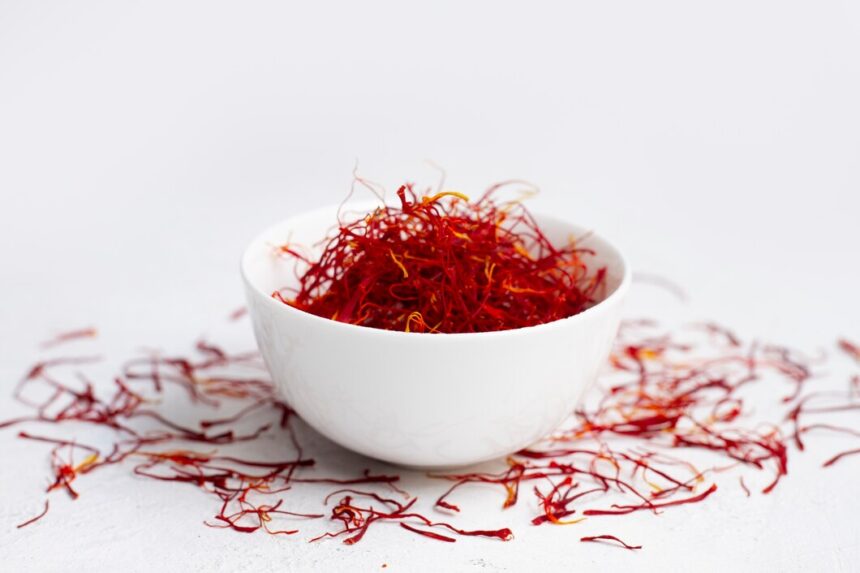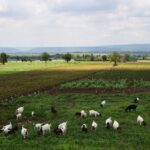Saffron, known as the “golden spice,” is revered for its unique flavor, vibrant color, and numerous health benefits. Cultivating saffron presents a lucrative opportunity for farmers in South Africa, given the country’s favorable climate and soil conditions. However, achieving high-quality saffron with optimal yields requires careful attention to cultivation techniques and best practices. Here, we explore key strategies for enhancing the quality and yield of saffron in South Africa:
Site Selection and Soil Preparation:
- Choose well-drained, sandy-loam soils with good organic matter content and a pH between 6 and 8.
- Conduct soil tests to assess nutrient levels and make necessary amendments to optimize soil fertility and structure.
Climate and Microclimate Management:
- Saffron thrives in regions with hot, dry summers and cold winters. Select sites with ample sunlight exposure and good air circulation.
- Consider microclimate factors such as altitude, slope, and proximity to water bodies, as they can influence saffron cultivation success.
Cultivar Selection:
- Choose high-quality saffron corms (bulbs) from reputable suppliers to ensure genetic purity and vigor.
- Select cultivars suited to the local climate and growing conditions, such as ‘Spanish Superior’ or ‘Kashmiri’ varieties.
Planting and Spacing:
- Plant saffron corms in well-prepared beds or raised beds in late spring or early summer to allow for establishment before the onset of dormancy.
- Space corms 10-15 centimeters apart in rows or clusters to optimize sunlight exposure and airflow around the plants.
Irrigation Management:
- Provide supplemental irrigation during the corm development and flowering stages, especially during dry periods.
- Avoid overwatering, as waterlogged soils can lead to corm rot and fungal diseases.
Fertilization and Nutrient Management:
- Apply balanced fertilizers with a low nitrogen-to-potassium ratio to promote corm growth and flowering.
- Monitor soil nutrient levels and adjust fertilizer applications based on plant needs and soil test results.
Weed and Pest Management:
- Implement weed control measures to minimize competition for nutrients and water.
- Monitor for pests such as thrips, aphids, and nematodes, and use integrated pest management (IPM) strategies to mitigate damage.
Harvesting and Processing:
- Harvest saffron flowers early in the morning when they are fully open and the stigma are most receptive.
- Gently hand-pick the stigma from the flowers and immediately dry them in a well-ventilated area to preserve color and flavor.
Post-Harvest Handling and Storage:
- Store dried saffron stigma in airtight containers in a cool, dark place to maintain freshness and potency.
- Avoid exposure to moisture, light, and heat, as these can degrade saffron quality over time.
Continuous Monitoring and Improvement:
- Regularly monitor plant health, soil moisture, and environmental conditions to identify potential issues early.
- Keep detailed records of cultivation practices, yields, and quality parameters to inform future decision-making and optimize saffron production.
By implementing these techniques for enhancing quality and yield, farmers in South Africa can unlock the full potential of saffron cultivation and contribute to the growing demand for this prized spice both domestically and internationally. With careful attention to detail and a commitment to excellence, saffron cultivation can become a profitable and sustainable enterprise for agricultural producers across the country.
Join 'Farmers Mag' WhatsApp Channel
Get the latest Farming news and tips delivered straight to your WhatsApp
CLICK HERE TO JOIN






